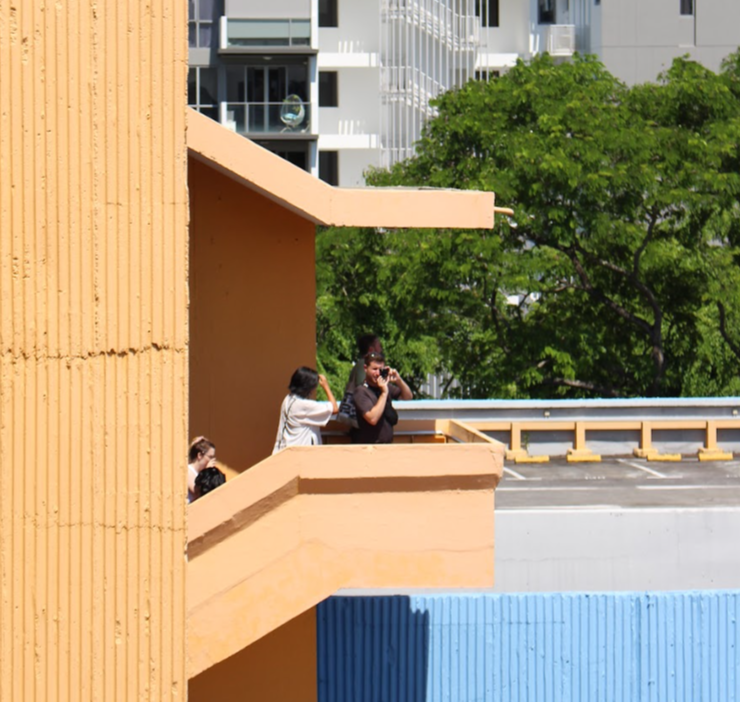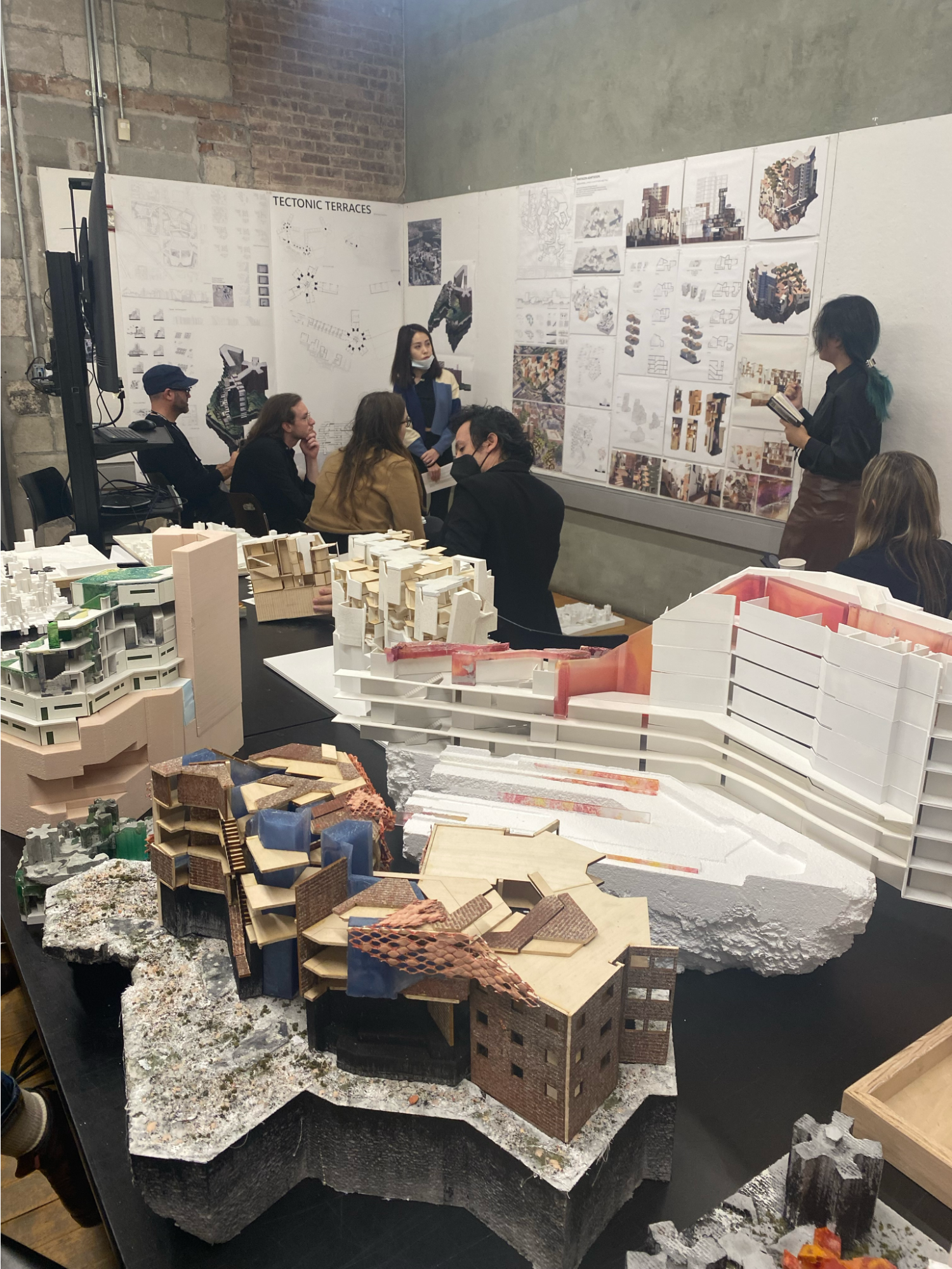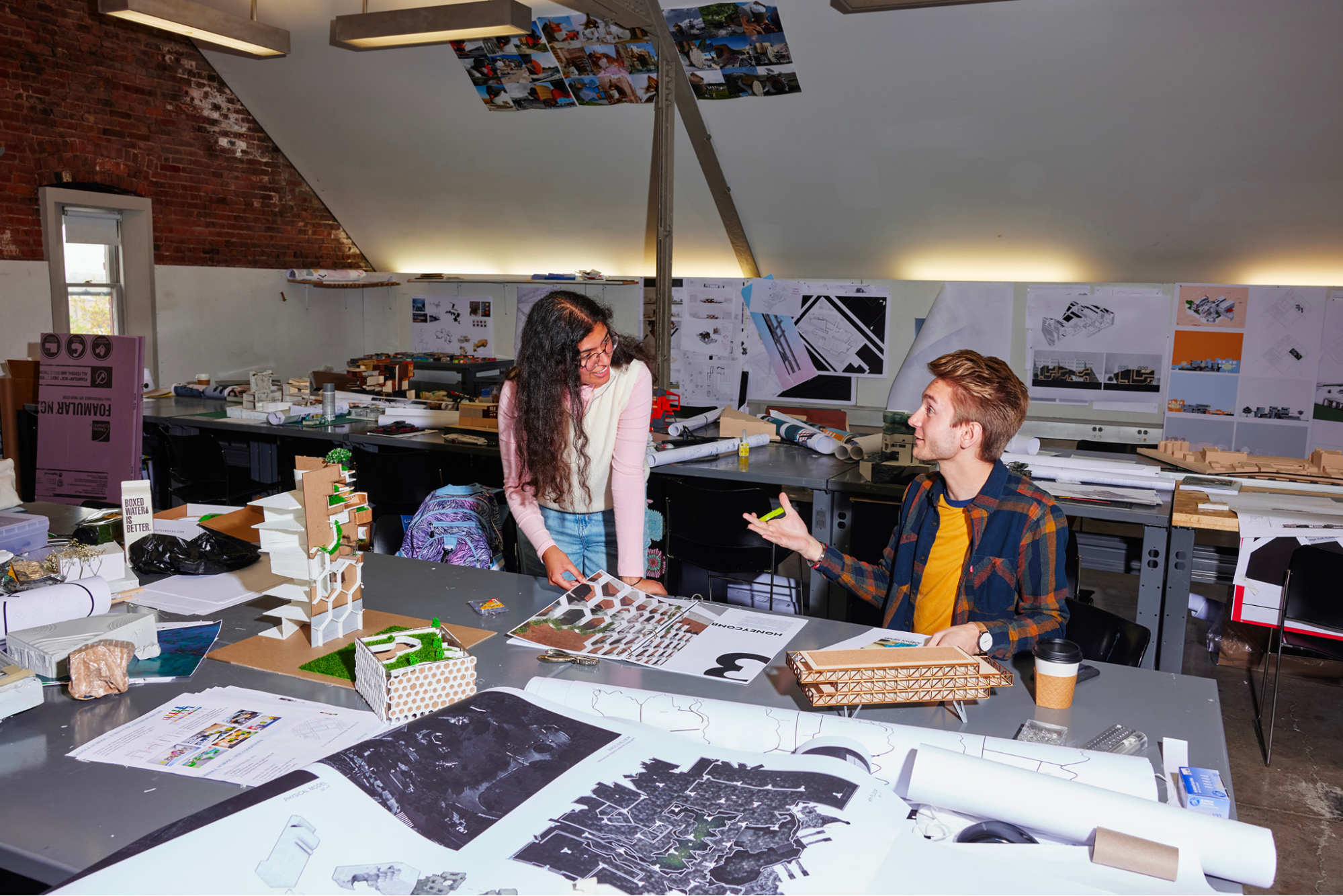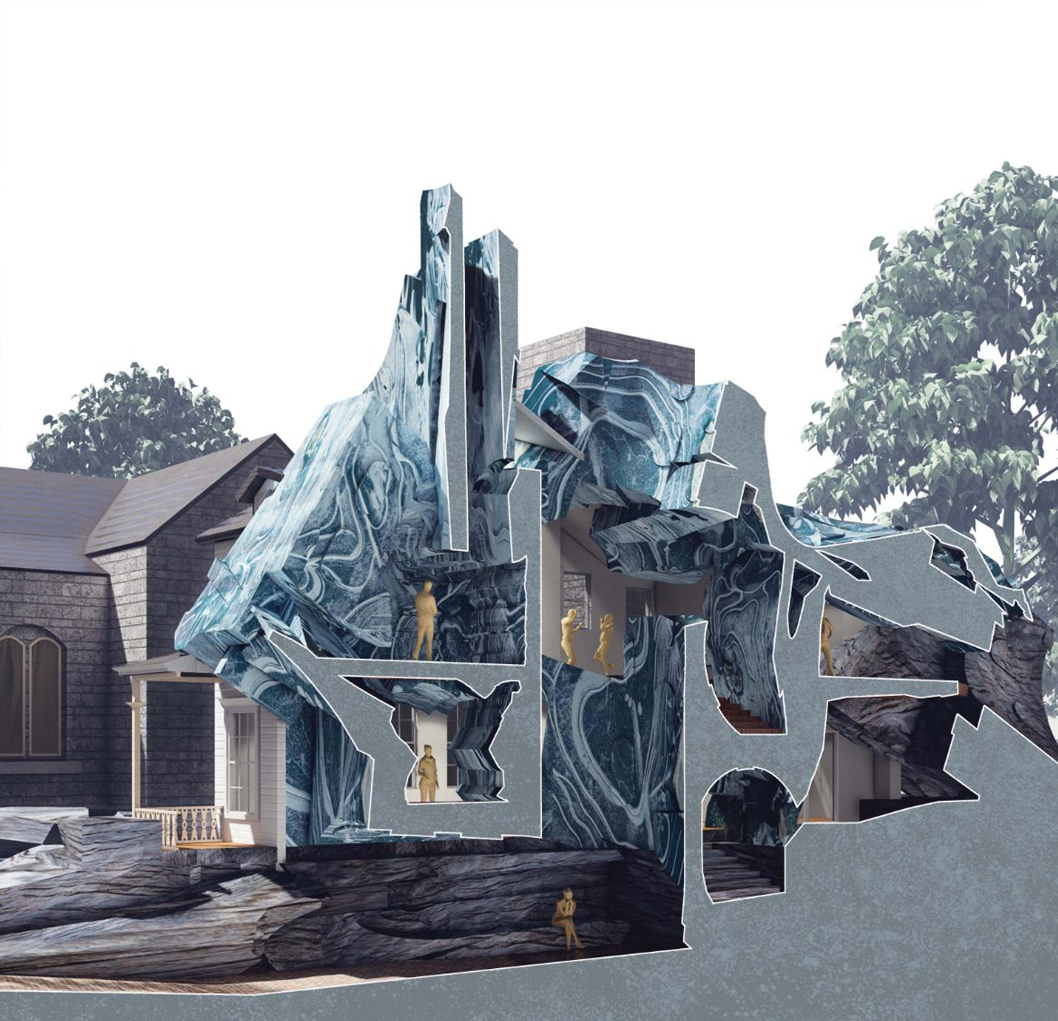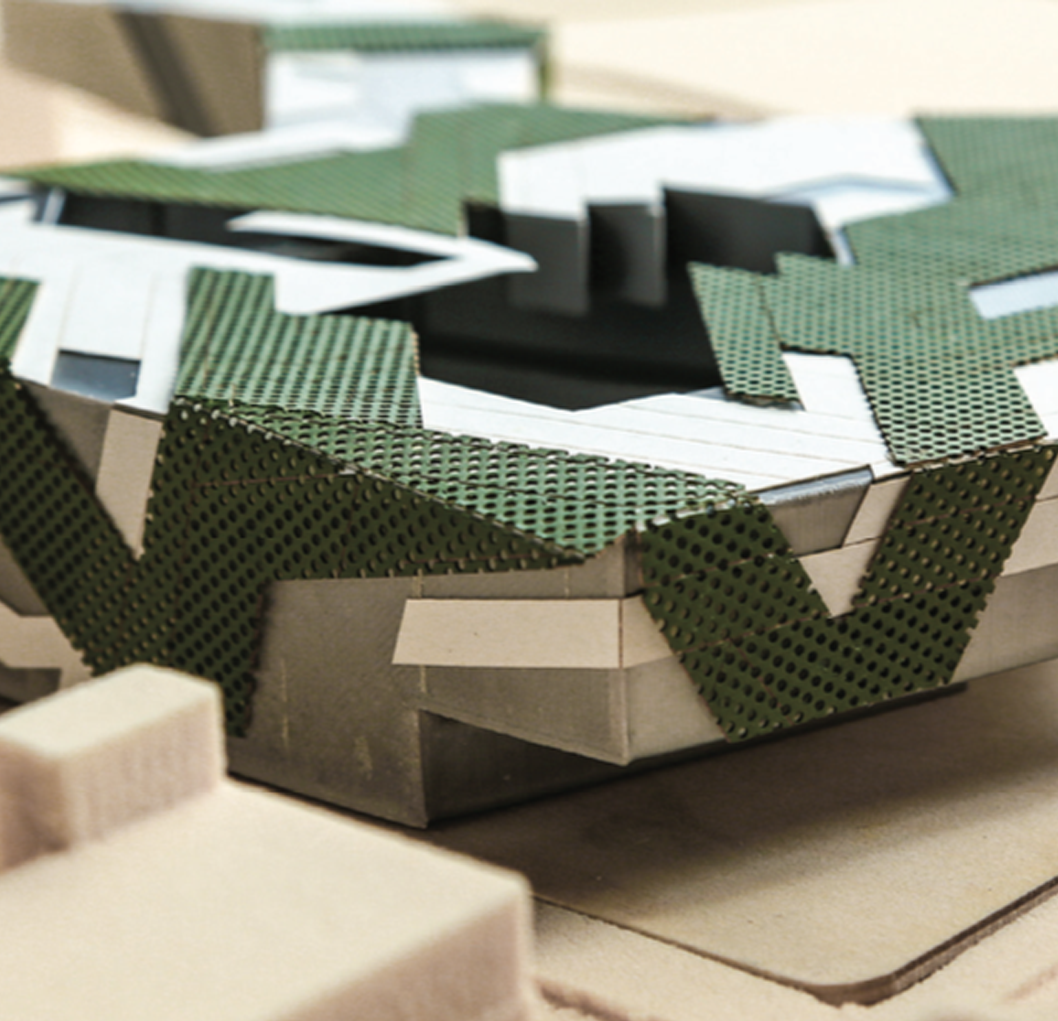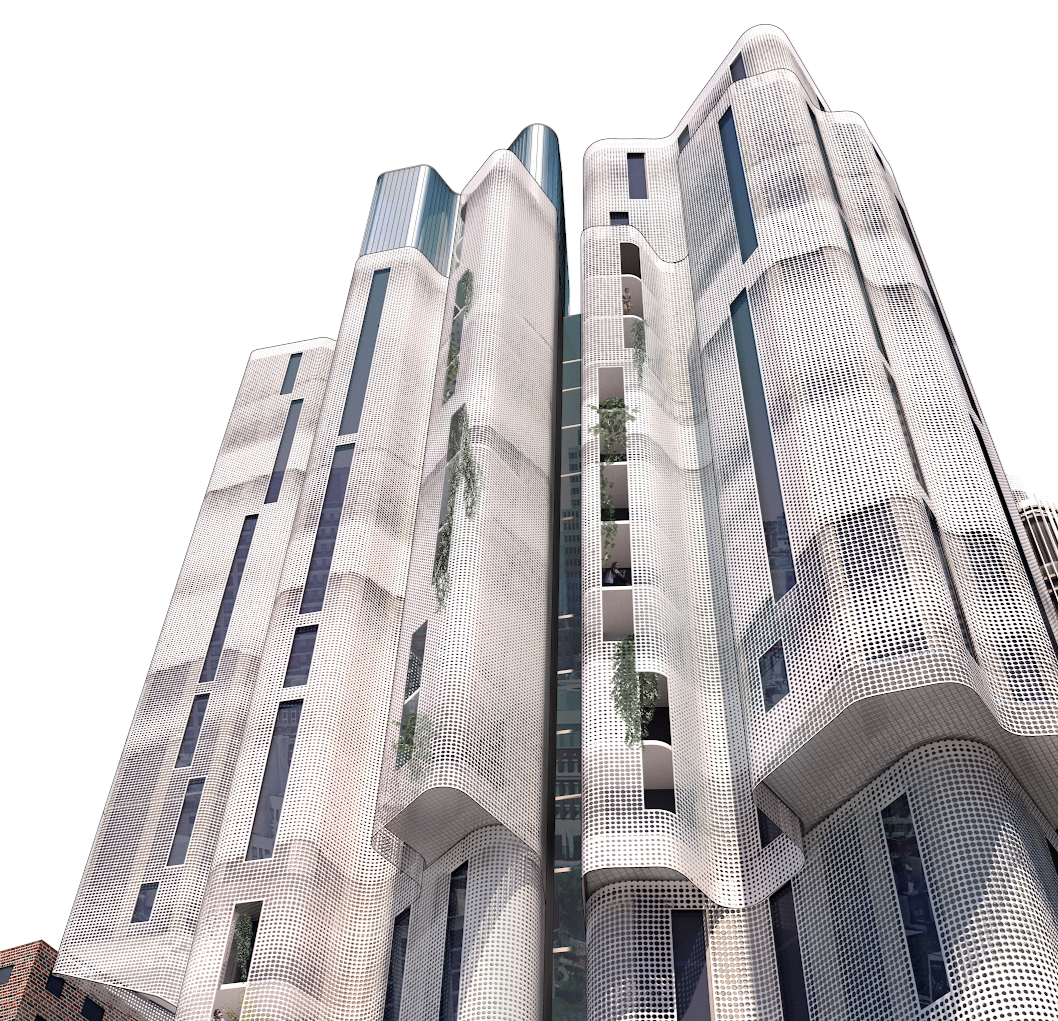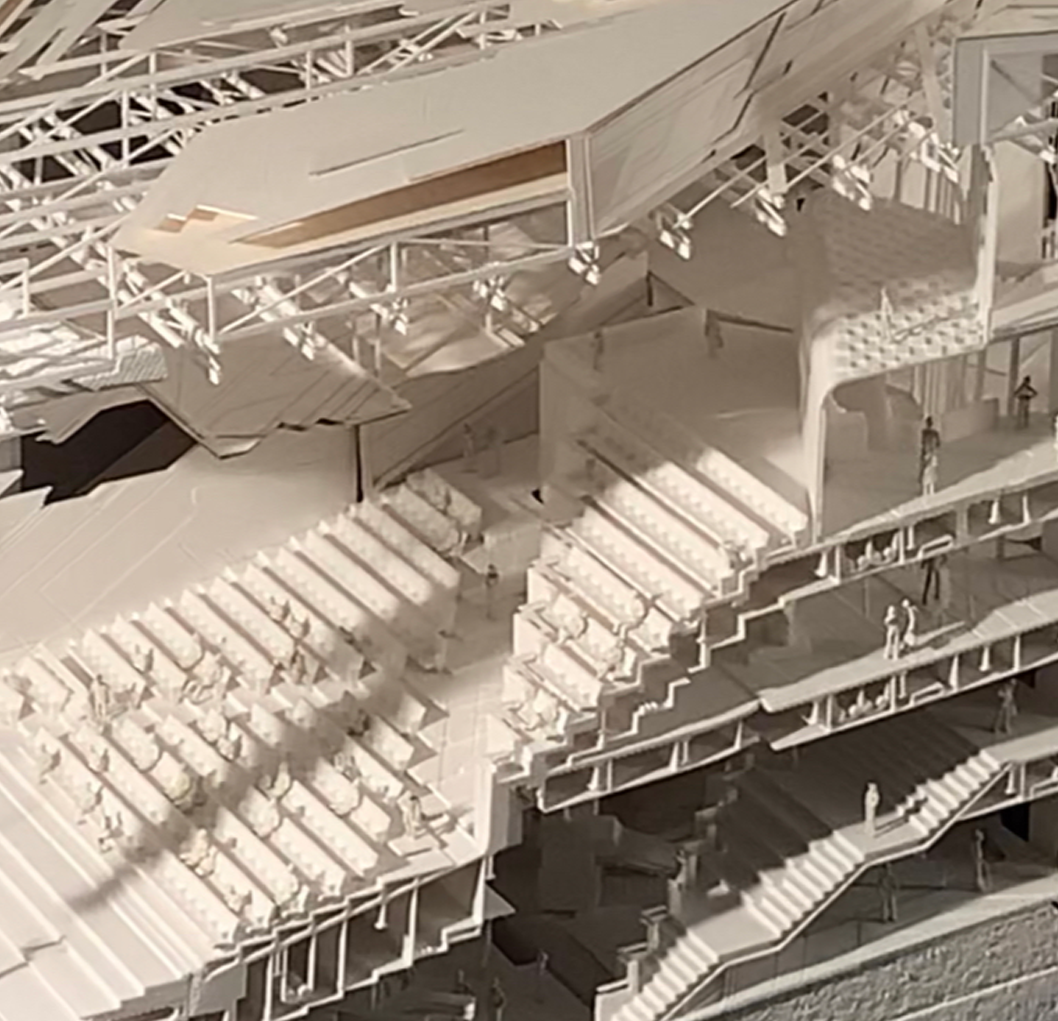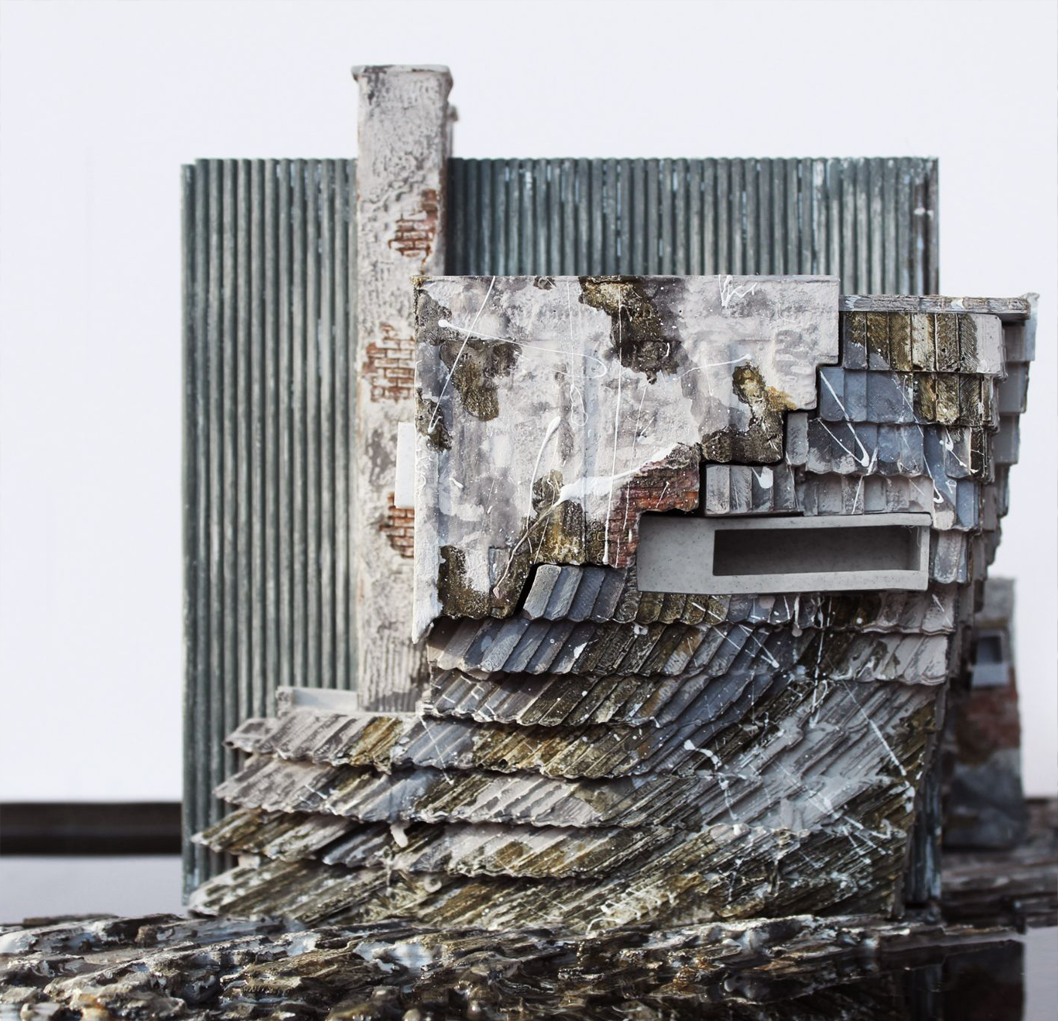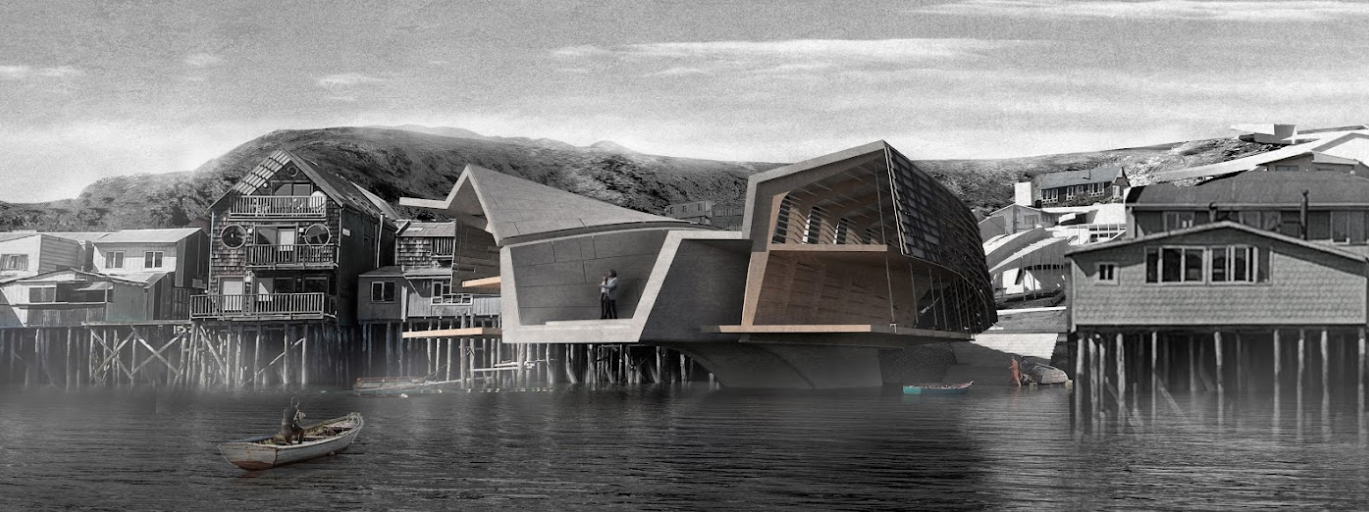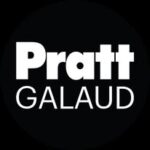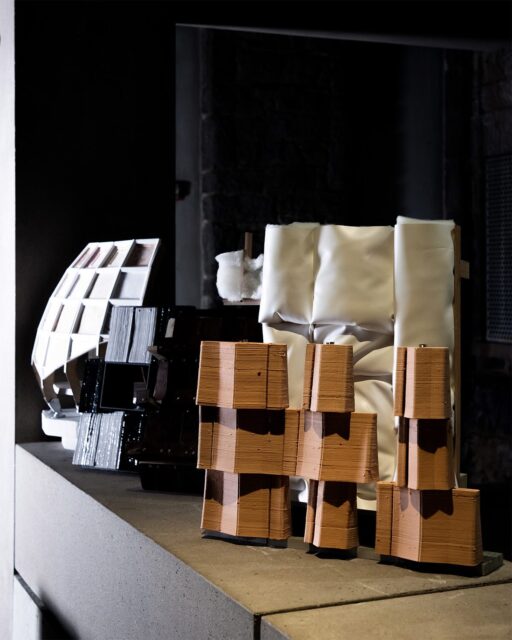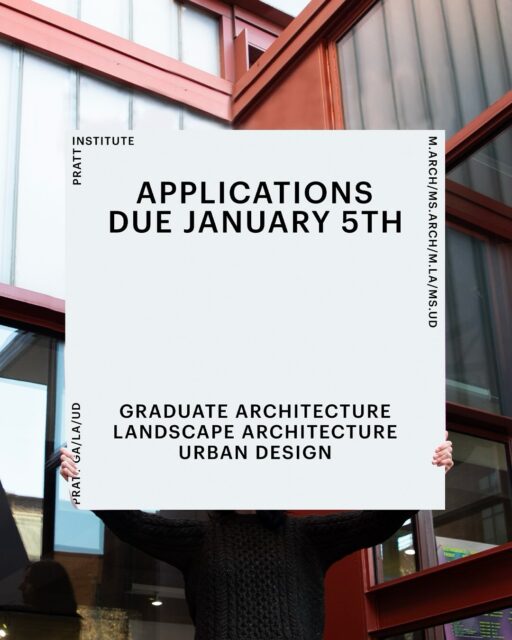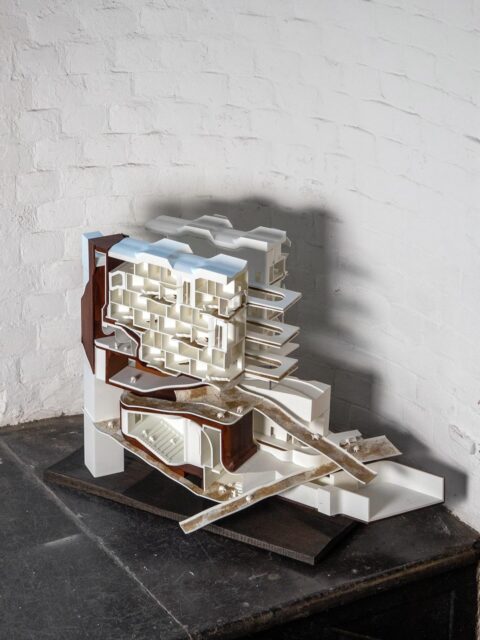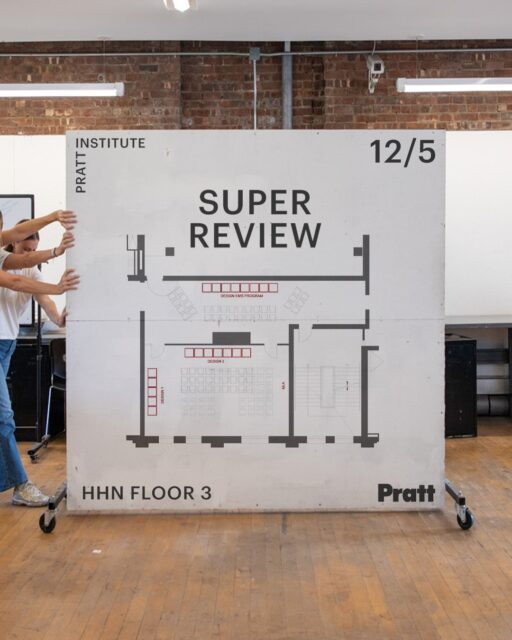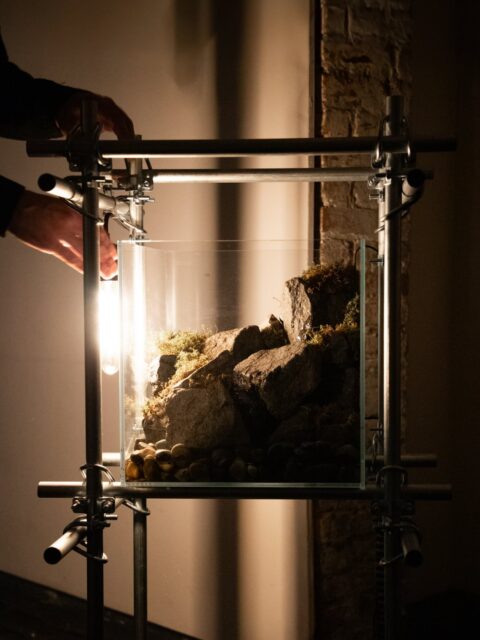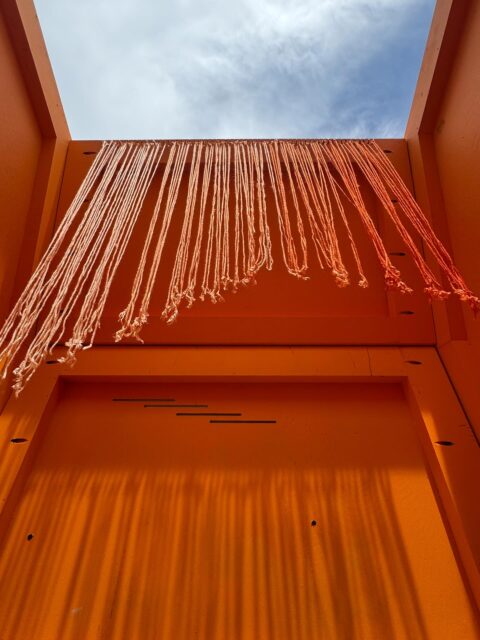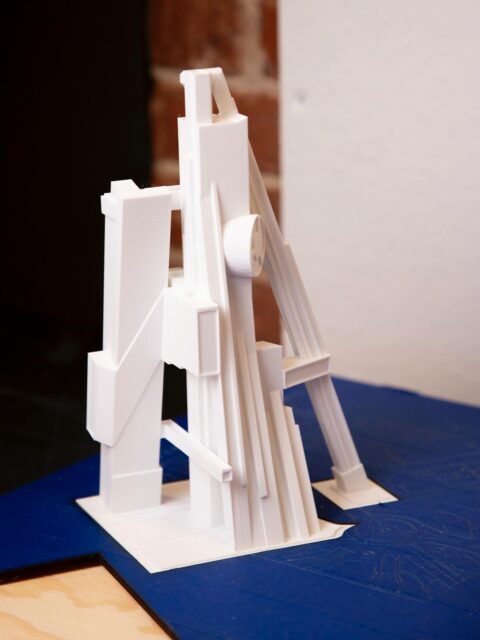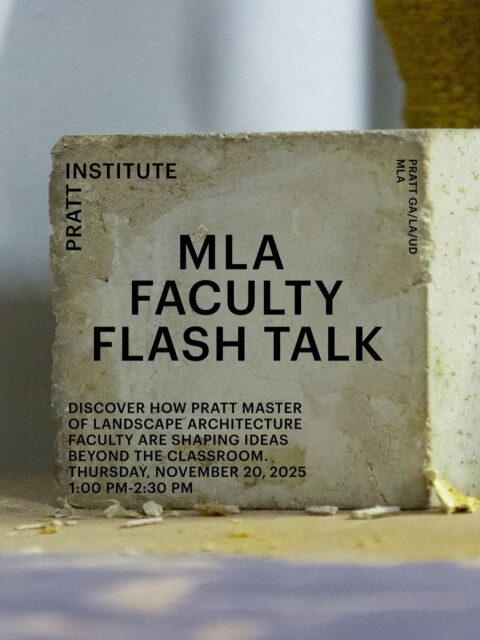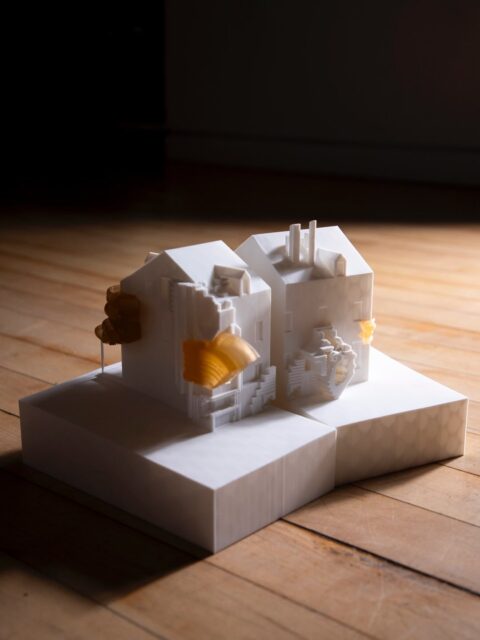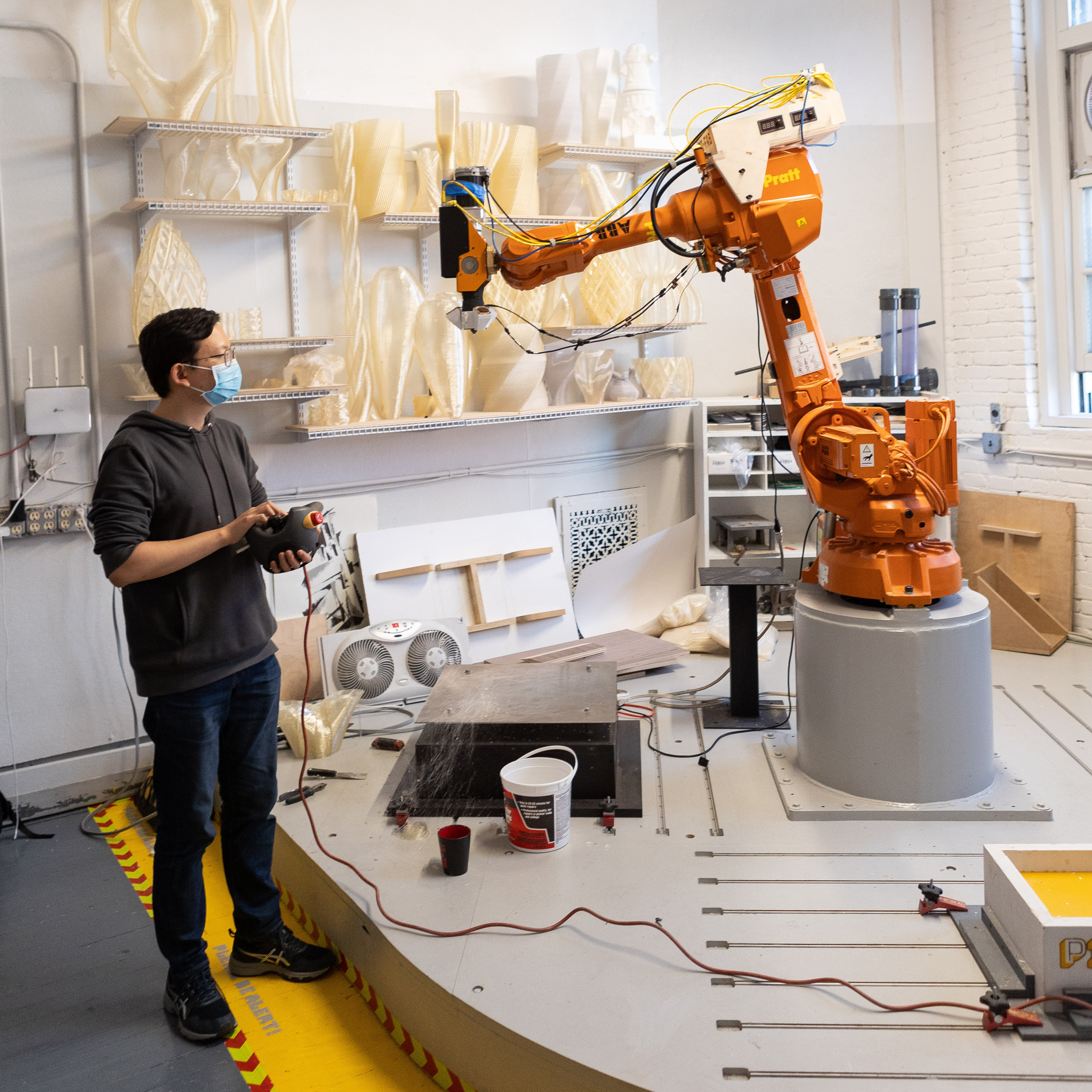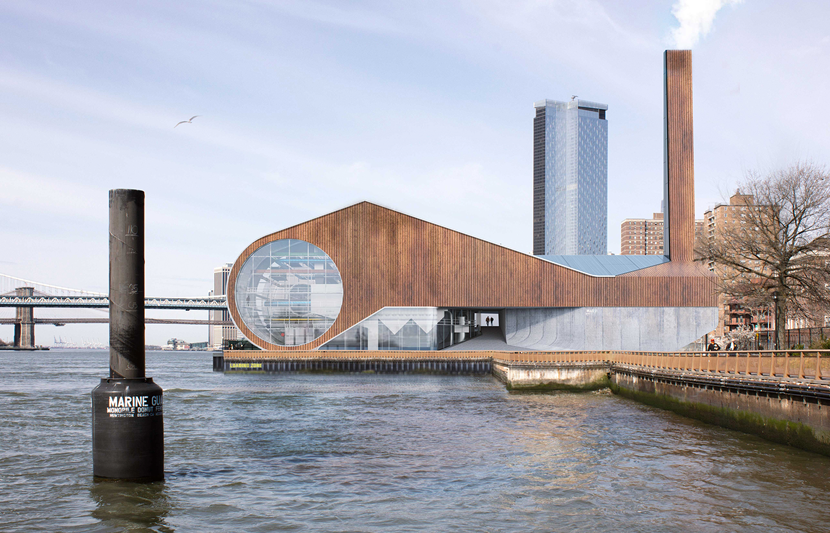
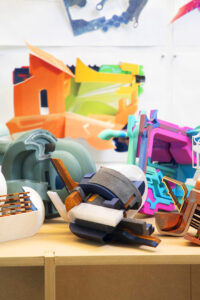
Instructor: Alexandra Barker
SP23 Studio 4
Master of Architecture at Pratt
The M.Arch curriculum embraces an integrative approach to design that weaves together technical knowledge and creative practice, building science and environmental stewardship, and professional responsibility and equity. We actively engage the pressing climatic and social challenges of our era through rigorous inquiry. Through case studies that leverage the city as our classroom, students develop innovative design strategies that convey a thorough understanding of the way in which architecture shapes the built environment and its communities. As architects, our inquiry extends across all scales of the built environment, from individual buildings to neighborhoods, cities, and all the way to global systems and ecosystems. What connects our intervention across this broad range of scales is our deep commitment to design work that prioritizes the well-being and safety of all life forms.
Student Work
Faculty Highlight
Our faculty are leading practitioners, scholars, and educators, including a distinctive cohort of PhD candidates from top universities who share a common desire to develop each student’s potential and creativity to the fullest. Bringing different views, methods, and perspectives the faculty provide a rigorous educational model in which students make and learn. See all GA/LA/UD faculty and administrators.
-
Andrew Holder
Chairperson of Graduate Architecture
-
Hart Marlow
Interim Assistant Chairperson of GALAUD; Adjunct Associate Professor – CCE; SCPS Lecturer
-
Alexandra Barker
Adjunct Associate Professor – CCE; Academic Coordinator of MS Arch Program
-
William MacDonald
Professor
-
David Erdman
Associate Professor
-
Cristobal Correa
Professor
Ready for More?
| HERE’S HOW TO APPLY | Graduate Studies at Pratt | OUR CAMPUS & BEYOND |
|---|---|---|
| Join us at Pratt. Learn more about admissions requirements, plan your visit, talk to a counselor, and start your application. Take the next step. | Whether your goal is to advance your career, pivot to a new field, or explore your craft or groundbreaking research, our 33 graduate programs provide the rigor and support to achieve your vision. Explore our graduate programs in architecture, fine arts, design, information studies, and the liberal arts and sciences. Learn More. | You’ll find yourself at home at Pratt. Learn more about our residence halls, student organizations, athletics, gallery exhibitions, events, the amazing City of New York and our Brooklyn neighborhood communities. Check us out. |
